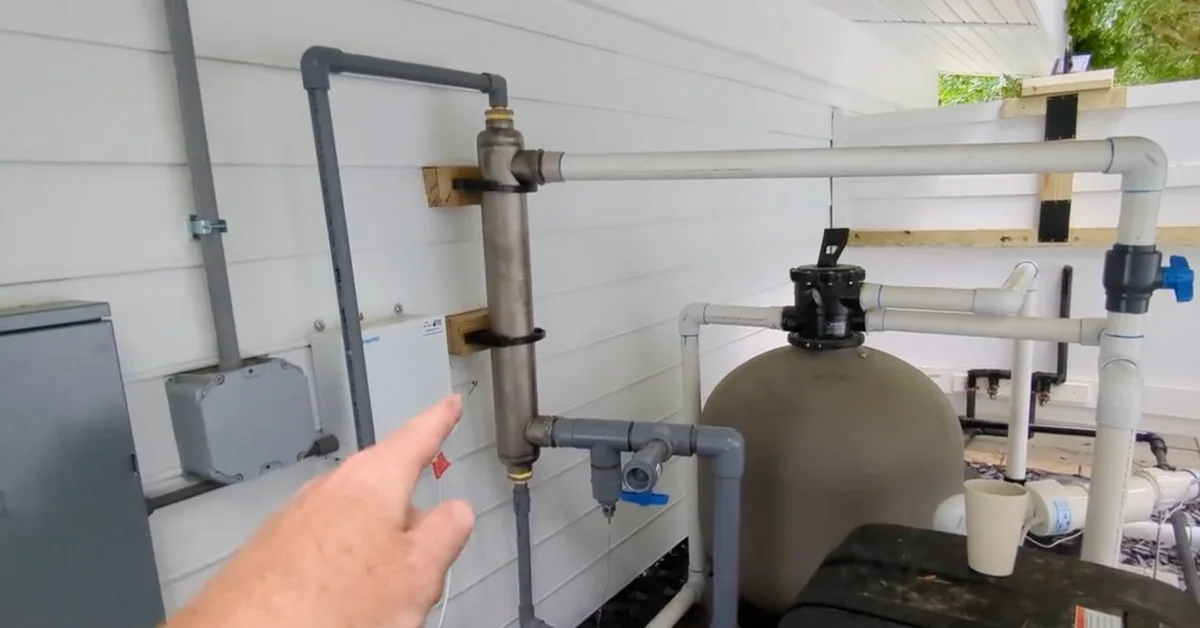Crypto has become institutionalized, with mainstream finance firms and big mining companies building industrial-scale coin-churning facilities. But what if you’re an old-school cypherpunk who believes that you’re not really in crypto unless you mine your own coins? Can you still make money mining crypto from home?
The bear market has made mining less profitable, but also dragged down the cost of the most expensive and power-hungry mining equipment: bitcoin mining ASICs. According to data from mining company Luxor, ASIC prices are back to where they were in early 2021, before the latest bull run. At the same time, electricity prices have been rising for the past two years in the U.S. and worldwide, making mining economics challenging for small-time enthusiasts.
CoinDesk explored the possibilities for home miners available today. Garrett Casada, who runs a home building company in Texas, is also a proud owner of Suck It Up Mining – a two-men operation with a garage full of mining equipment. The name invokes the ambition to suck up as much mining capacity as possible – and the resilience necessary to be a miner. Sometimes, you have great days in mining, and then, they come up with a new law or something – suck it up, move on! Casada said. His farm has 80 ASIC miners hashing new blocks for the Bitcoin, Zcash, Litecoin, and Dogecoin blockchains, and multiple racks of GPUs and CPUs, most of which are dedicated to Chia. Altogether, they consume one megawatt of power and $20,000 a month in power electricity bills. The profits? No great shakes. Casada is holding on to the coins he’s mined for now. I haven’t sold none of my coins for the past year because the price is so low. If I was to sell it right now I would barely cover the electricity, he admits. Bitcoin is great, but you got to hold it.
Gerald Glickman, a bank employee from Virginia, decided to go further than just mine bitcoin: he built a water-heating system for the pool in his backyard to utilize the excess heat from his bitcoin miner. With a strong enough motivation, an abundance of online content and some help from his electric engineer friend, Glickman managed to build his mining-powered water heating system. The entire contraption cost about $6,000, including the Antminer S19j Pro ASIC, Glickman said, and a few days of work. The system has been running for two months now and, according to Glickman’s calculation, the amount of bitcoin and useful heat are just enough to cover the cost of electricity.
Will Foxley, former director of content at Compass Mining – and a home miner himself – set up a single Whatsminer ASIC in a self-made wood and plaster container outside his parents’ house. Running the ASIC caused the monthly power bill to grow by $200, with the electricity price around 12-13 cents per kilowatt-hour in Colorado where Foxley lives. The hand-made, sound-proof box cost somewhere between $300 and $500, plus about $300 worth of electrical products, he said. Mining within a mining pool, during the three months the ASIC has been running, Foxley was able to mine about 2% of a bitcoin, Foxley said. At current prices, that’s worth about $580, hardly enough to cover his costs.
It’s clear after speaking to some home miners that it’s hard to make money in this market – and is likely to remain a niche even in another bull run. Even if bitcoin’s price keeps rising and makes home mining profitable for a time, it won’t be sustainable as a business, Foxley said: You have to either have another use case in mind (heating your home) or time the market really really well.
